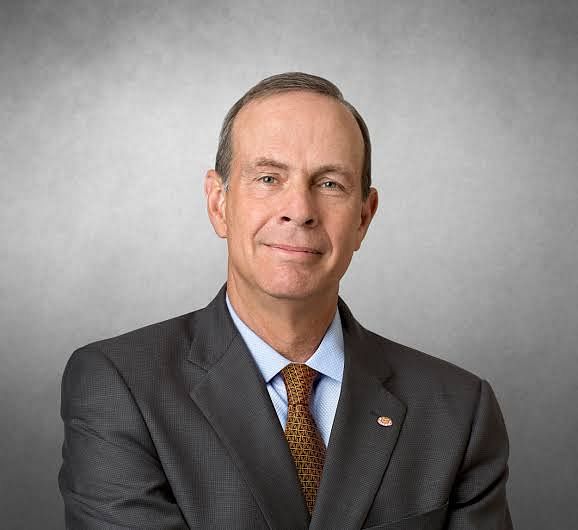
Chevron Corp Chief Executive Michael Wirth is preparing sweeping changes at the No. 2 U.S. oil and gas company that would cut costs and streamline operations in a drive to boost profitability, according to people familiar with the matter.
Wirth, who took over the company 21 months ago, intends to cut the company's massive global upstream group into individual units, focusing on shale as well as liquefied natural gas and deepwater businesses, the sources said.
Chevron has been among the strongest performers among the big oil majors but the company is trying to stay ahead of weakness in shale that has hurt other large oil exploration companies.
All of the changes are not yet approved, one of the sources said.
"The company is proactively evaluating existing operating models and structures to better position Chevron to compete and win in any environment," said Chevron spokesman Kent Robertson.
Known for cost cutting at refining and chemical operations earlier in his career, Wirth's overhaul will apply those skills to Chevron's upstream operations, which supply 90% of profit but face challenges from shale fields that require constant investment to keep production rising.
With expectations that U.S. oil prices will stay below $60 per barrel for an extended period, "Everyone, not just Chevron, will be revisiting their structure with an eye on cost-cutting," said Jennifer Rowland, analyst with Edward Jones.
SHALE BECOMES CORE FOCUS
The revamp could include a standalone shale unit, similar to those at rivals Exxon Mobil Corp, and BP Plc. In April, Exxon collapsed seven of its business units into three to better coordinate output with logistics and refining businesses.
Chevron's proposed changes could lead to the departure over time of several hundred employees now assigned to overlapping production technology groups likely to be consolidated or folded, the sources said.
These would be the first major changes to the organization since its merger with Texaco in 2001. Wirth foreshadowed the move by naming Pierre Breber, another cost cutter, as his finance chief earlier this year.
Shale, which did not exist in Chevron's portfolio 10 years ago, will make up about 27% of its total production by 2023. Chevron has been heavily investing in the Permian Basin, the top U.S. shale field, but has not yet turned a profit from shale. The company expects the investment to start generating free cash next year.
"One of the great benefits of the advent of shale is it has inspired greatness in other asset classes," Wirth told Wall Street analysts in March.
Chevron's exploration and production business earned $2.7 billion in the latest quarter, down from $3.4 billion in the same period last year, due to lower oil and gas prices. Annual profit has gradually improved since the nadir of the 2015-2016 oil bust but remain below the $26.2 billion peak in 2012.
COST OVERRUNS
Its stock traded on Friday at $119.08, up 9.5% year to date, outstripping other oil majors but well behind the 24% gain in the S&P 500 Index.
The company recently warned of massive cost overruns at a giant Tengiz oil project in Kazakhstan. Overall costs are projected to rise 25% to $45.2 billion, with Chevron's share of the overrun expected to be about $4 billion to $5 billion.
"It does feel like they have more they can cut and more they want to cut following the issues with Tengiz," said Anish Kapadia, director of energy at researcher Palissy Advisers.
Other oil majors that have faced greater challenges from deepwater or reserves cuts have cut deeper than Chevron for several years, he said. The company pays shareholders a 4% dividend, below its rivals, which has helped its balance sheet relatively strong, Kapadia said.